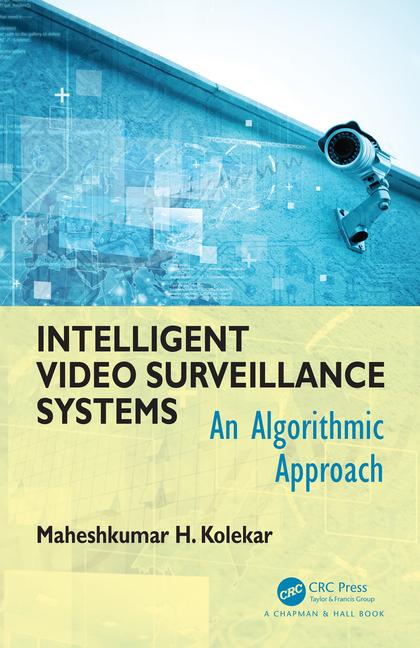I attended the 2012 ISC West show and came away convinced that while video surveillance has evolved as a centerpiece of our industry, we can do more to secure video from the emerging threat of cyber breaches. Today digital and physical theft is converging. Countermeasures involve video surveillance integrated with security applications, and the opportunity to protect video and data should not be overlooked by integrators and left solely to overburdened IT departments.
Verizon recently completed their 2011 Data Breach Investigations Report, which is available at www.verizonbusiness.com/resources/, and reviewed approximated 800 new cyber crime incidents since its report a year earlier. An interesting finding is that 29 percent of the breaches were “physical.” This is the No. 3 breach category after hacking and malware. Physical doubled as a percentage of all data breaches in 2009, and doubled again in 2010. Video surveillance can be integrated with numerous applications to counter this trend.
As insider theft is exploding, think in terms of sales positioning. The topic of interest to customers and prospects is protecting information: Intellectual Property (IP), financial transactions, customer data (medical records), and secure chains of evidence. The executive staff and board have a fiduciary responsibility here. Numerous government regulations protect digital assets and assure compliance in this area. This involves digital data, physical records, and storage including servers, laptops and mobile devices. Surveillance technology is improving in image and audio quality and has multi use capabilities for identity management and access control solutions, business Skype, web conferences, and marketing research. Video needs to be secured from breaches, in route from cameras and mobile devices and at rest, similar to other forms of information.
Video security and policy is a business discussion to have with an IT network administrator, chief information officer, chief security officer or chief information security officer. As security executives consider the range of corporate risk, they must prepare the organization to respond to cyber incidents targeting video surveillance systems specifically, and related software. Today IP communication consoles (phones) feature video and audio capabilities that can be easily hacked. I saw this demonstration two years ago at the DefCon hacker conference — nothing has changed.
The consumerization of mobile devices accessing corporate networks with improved video streaming functionality extends this threat vector. An innovative security integrator can specialize to extend services to provide the consulting (education), products and support required to protect the video side of the business for their customers. We are a “visual society” — high definition and megapixel cameras are the future of video surveillance and the integration of image technology into applications across the board is ongoing. The wireless video surveillance era integrates geo-location, identity management, crowd control, social media, behavior analytics (employee tracking / video lie detection), and forensics investigation into ever more intelligent video platforms.
Given the megatrends of cyber security (hacking) and video surveillance it seems logical that these two areas would intersect around security policy. Certainly, Video Surveillance as a Service (VSaaS) is another consideration, as cloud providers will embed video security protections into their service level agreements. This thinking needs to be mirrored by integrators within their own customer base. If not, a secure cloud for VSaaS will cut into their business. Hackers are working overtime to penetrate mobile devices and engineer sophisticated social networking breaches. Corporate espionage is alive and well in the era of digital communications. We should think about video surveillance systems, including cameras and mobile devices, as both an enabling base technology to defend a business, and as an attack point for hackers. IP devices are targets.
The future for video surveillance is bright. But we need to protect it.










